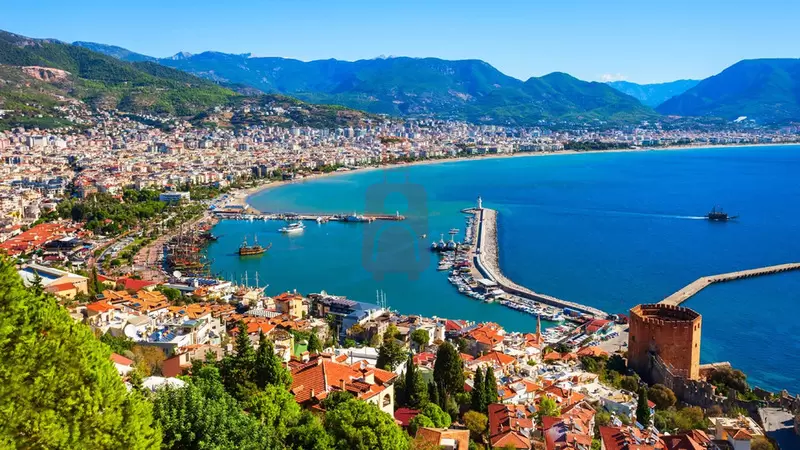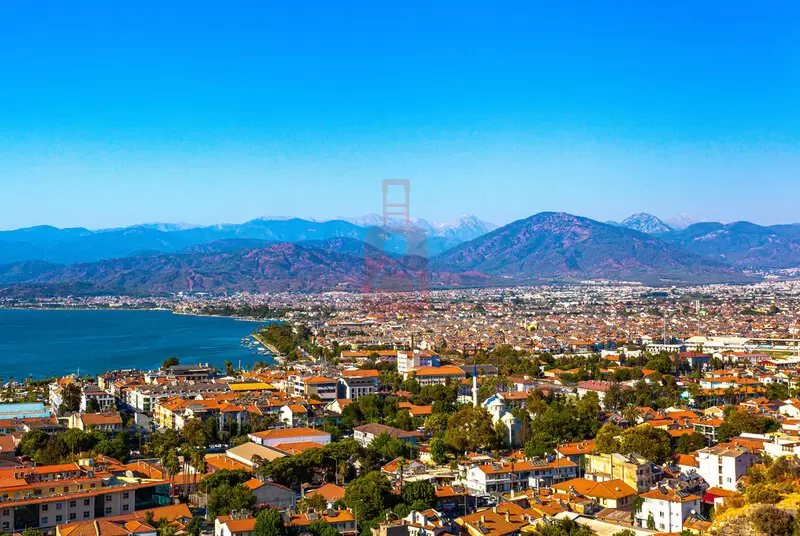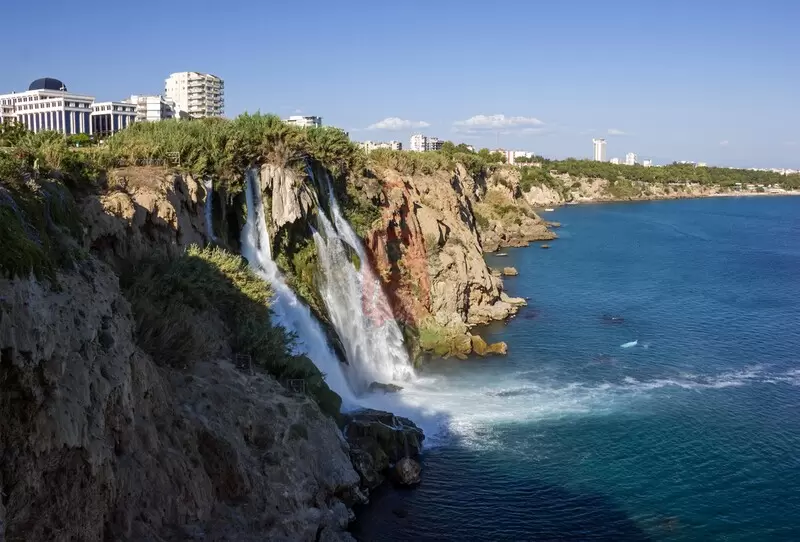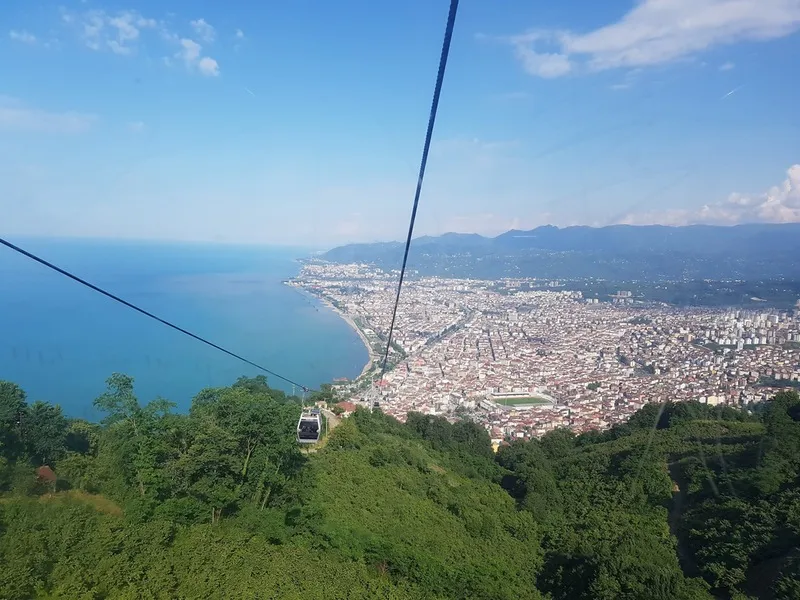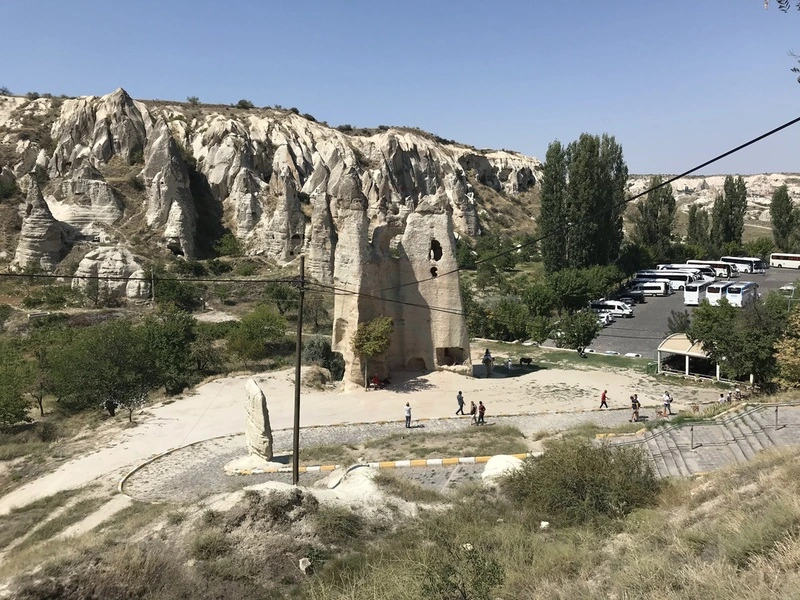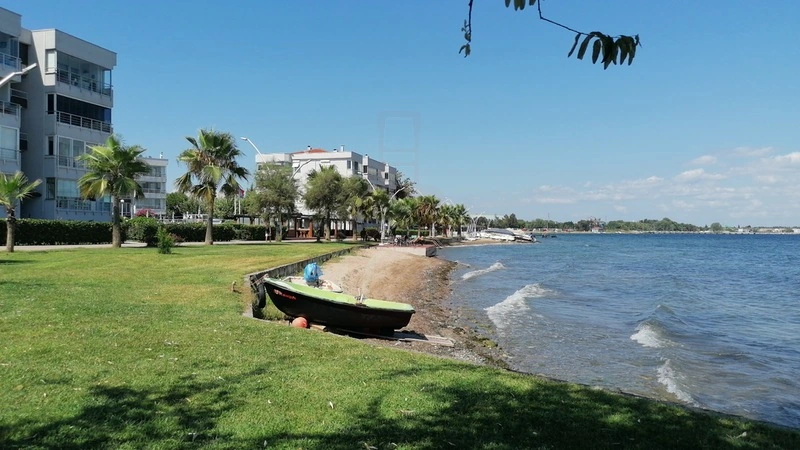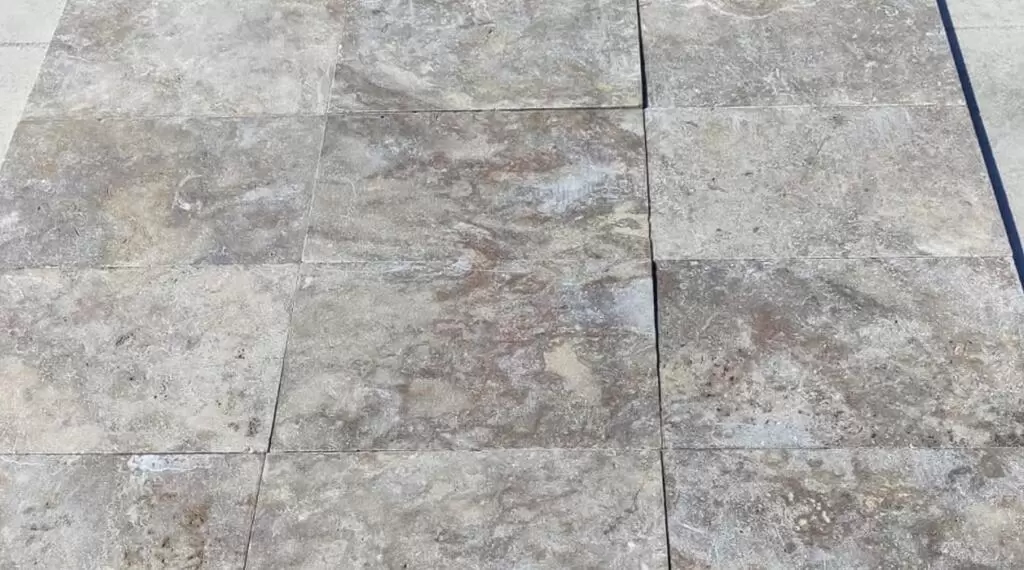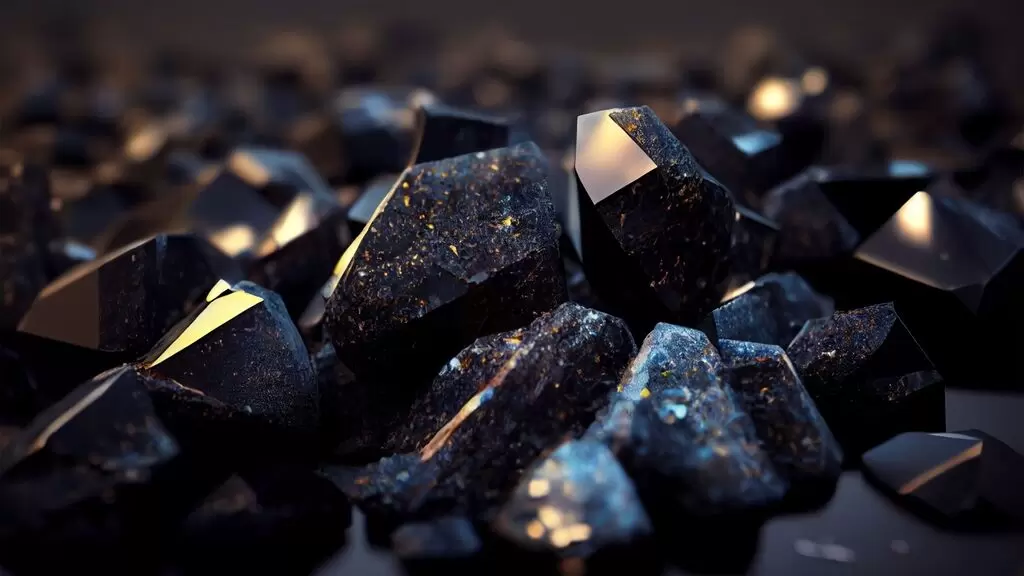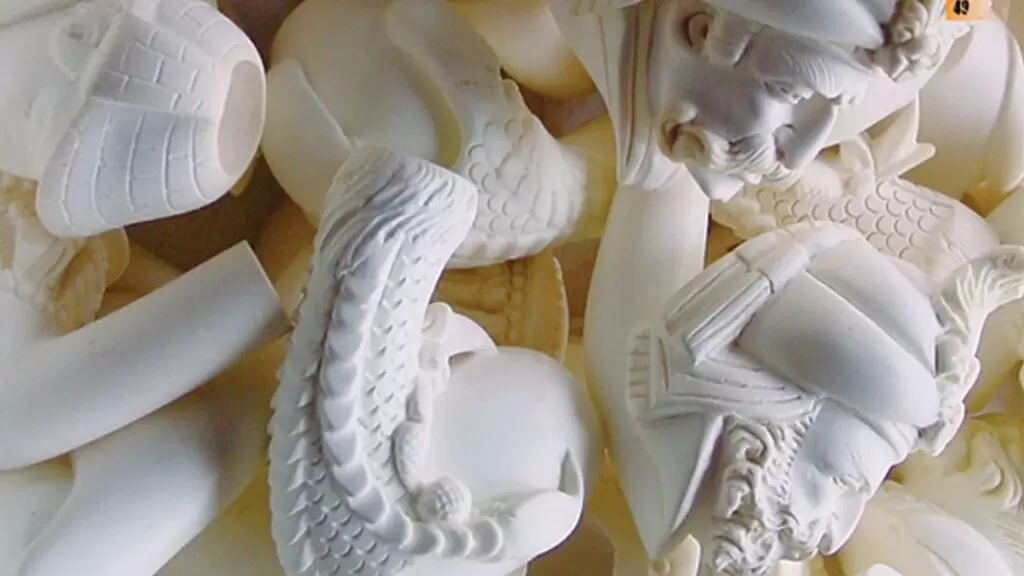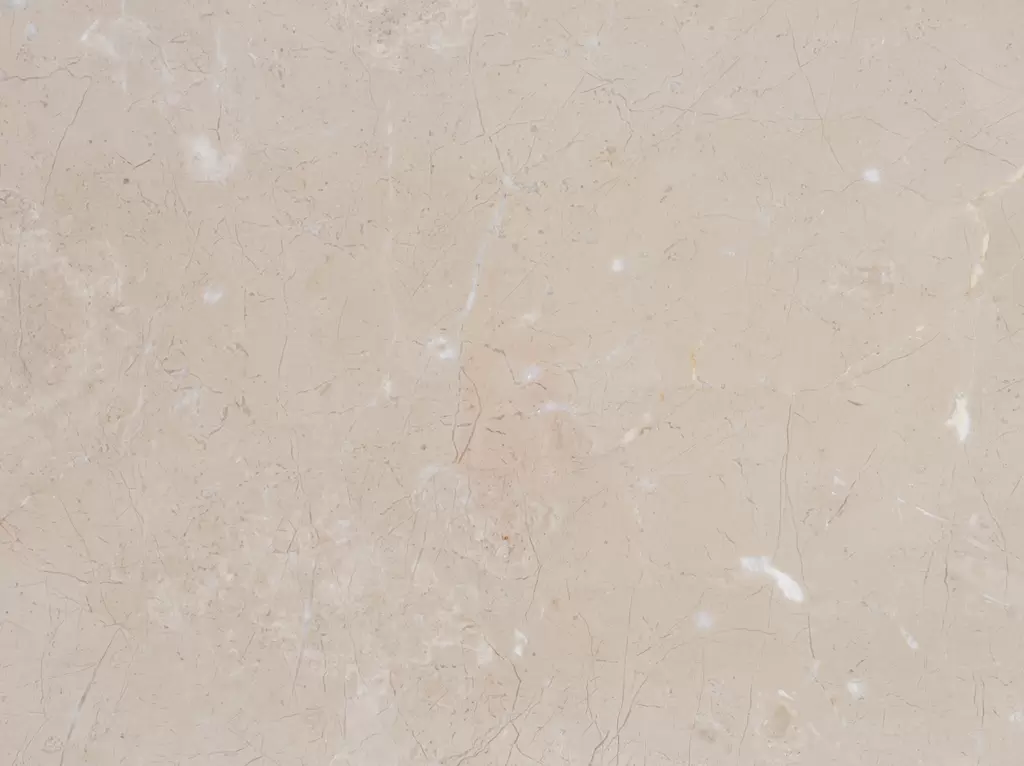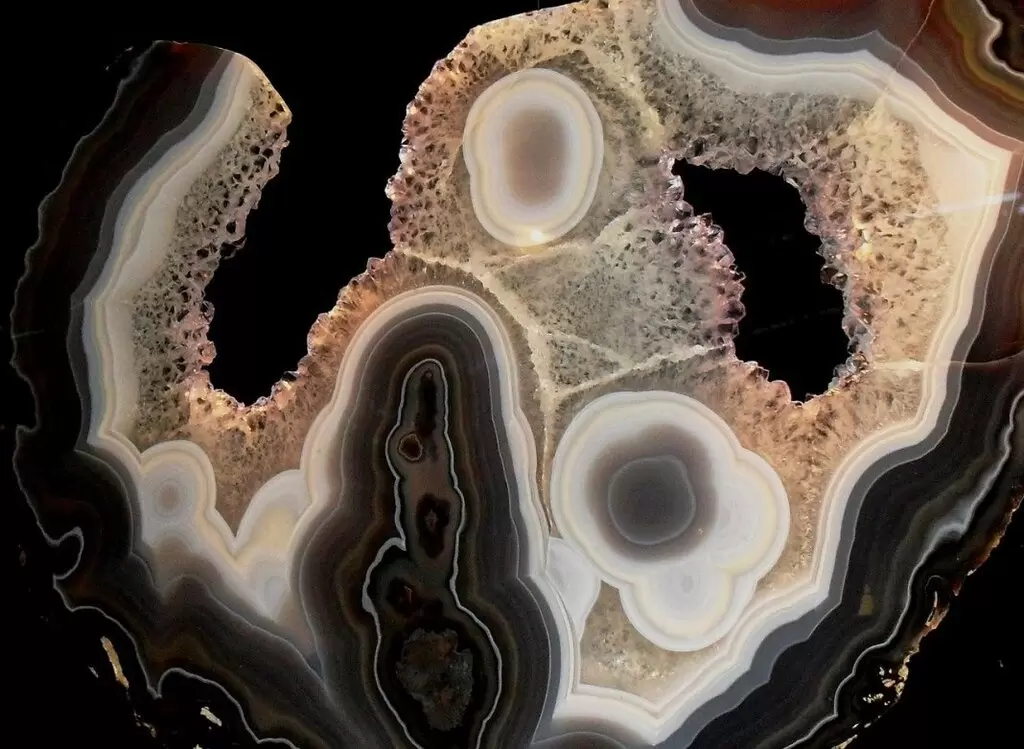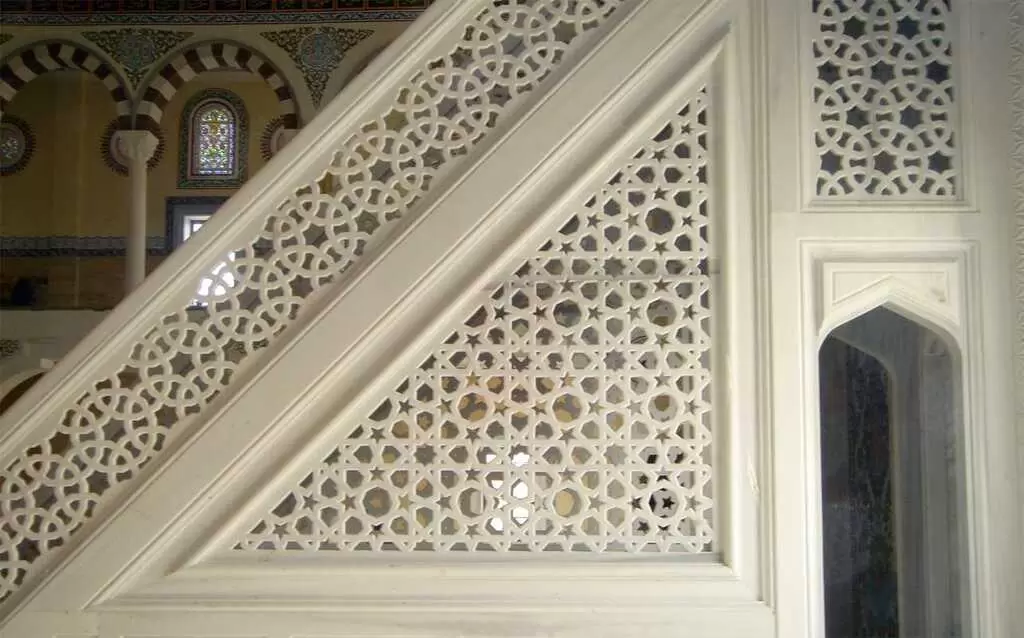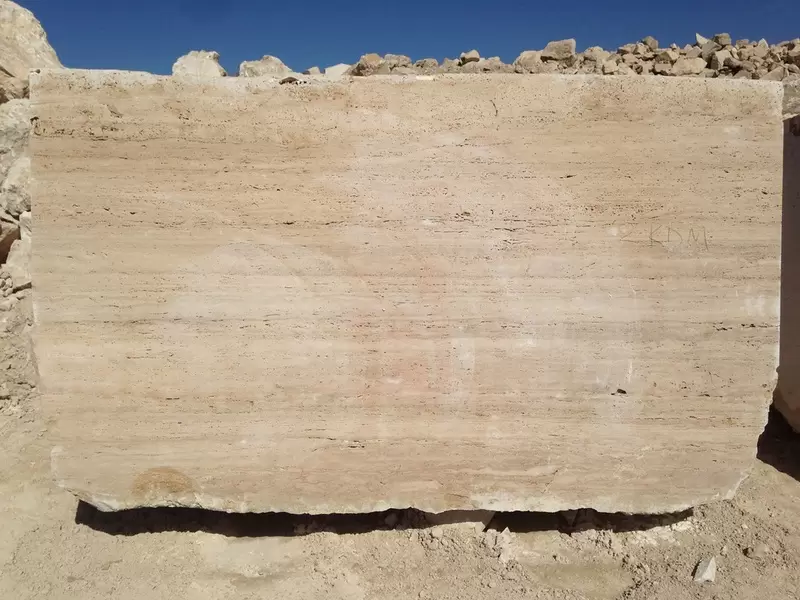
Denizli Travertine, a celebrated Geographically Indicated Product from Turkey, is renowned for its unique formation and striking aesthetic qualities. This natural stone originates from the rich hydrothermal waters of the region, which are abundant in calcium bicarbonate. These waters emerge through the area's geological faults and cracks, depositing minerals as they cool, resulting in the formation of travertine over thousands of years.
The primary quarries for Denizli Travertine are located in several key areas, including Ballık, Kocabaş, Gürlek, Karateke, Yenicekent, and Gölemezli. Each of these regions contributes distinct characteristics to the travertine extracted, making it a versatile material in the stone industry. In particular, the travertine from Gölemezli is known for its onyx-like qualities, featuring beautiful yellow-green and amber tones, while the travertine from Yenicekent tends to have darker reddish-brown hues.
One of the most distinctive features of Denizli Travertine is its range of color variations, which include various shades of cream and brown. These colors can enhance any architectural or design project, offering a warm and inviting aesthetic. The stone is also characterized by its unique “waterway” patterns—linear structures that appear across the surface, adding visual interest. Additionally, the travertine may exhibit small voids or cavities along these waterways, which can be filled if desired, offering flexibility in design.
Denizli Travertine is not only appreciated for its beauty but also for its physical properties. The stone is durable and resistant to wear, making it an excellent choice for flooring, wall cladding, and outdoor applications. Its natural thermal properties help maintain comfortable temperatures, making it suitable for various climates. Furthermore, it is relatively easy to maintain, requiring only periodic cleaning to preserve its appearance.
The chemical composition of Denizli Travertine is also noteworthy. Stable carbon isotope analyses indicate that this travertine has more positive δ13C values compared to other travertines globally. This characteristic not only adds to its uniqueness but also provides insights into the geological processes that formed it.
Culturally, Denizli Travertine holds significant importance in Turkey. It reflects the region's rich natural heritage and is often used in both traditional and contemporary architecture. Its applications range from residential interiors to public spaces, showcasing the craftsmanship and artistry involved in working with this natural stone. The quarries and the surrounding areas also attract visitors interested in geology and natural beauty, further promoting the cultural significance of Denizli Travertine.
In summary, Denizli Travertine is a remarkable natural stone that combines aesthetic appeal with practical benefits. Its distinctive colors, unique patterns, and strong physical properties make it a favored choice for various architectural projects, while its geological significance adds to its allure. Whether used in elegant interiors or striking exteriors, Denizli Travertine embodies the beauty and richness of the Turkish landscape.
